Activity Content Sections
Instructions
Relevant Terminology
Compression: A force that squeezes an object from opposite directions, pushing two points towards each other. Smashing a can with your foot puts it under compression.
Load: The weight that something must support. A bridge has to support the weight of cars driving across it.
Pier: The base of a vertical support for a bridge. Usually it’s a big, concrete pad on which the towers sit.
Roadbed: The part of the bridge on which cars, trains, or pedestrians travel.
Tension: A force produced from stretching or pulling something in opposite directions. A tug-of-war rope is under tension.
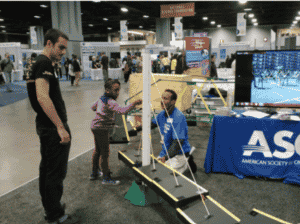
A child helps connect a cable to the PVC tower. Credit: American Society of Civil Engineers.
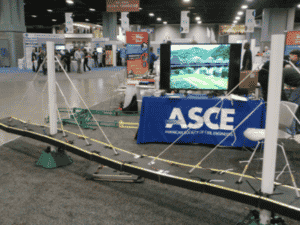
A fully assembled cable-stayed bridge. Credit: American Society of Civil Engineers.



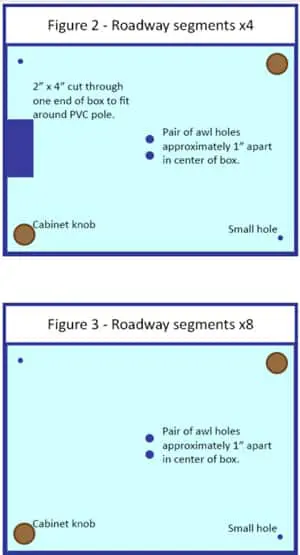

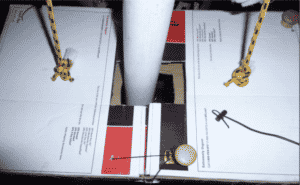
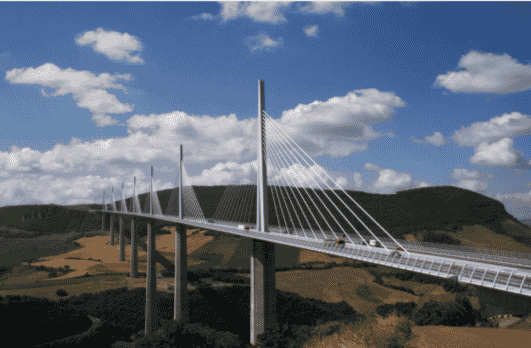
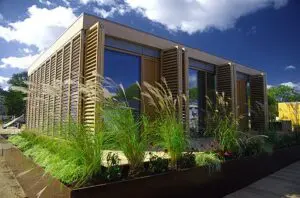
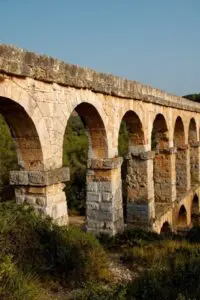
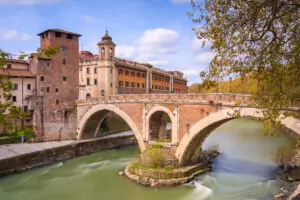

Leave feedback form
Thank you! Your submission is processing.